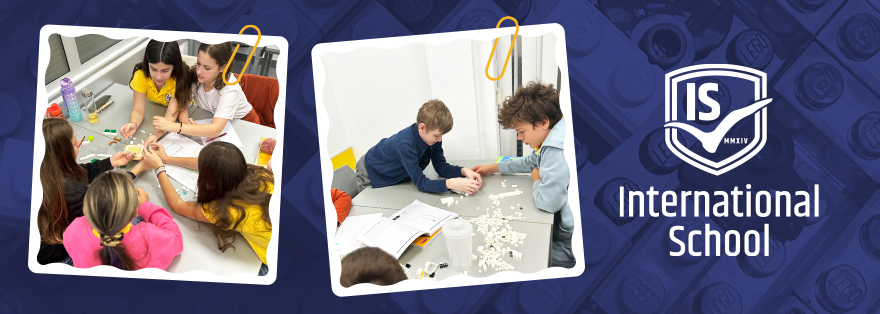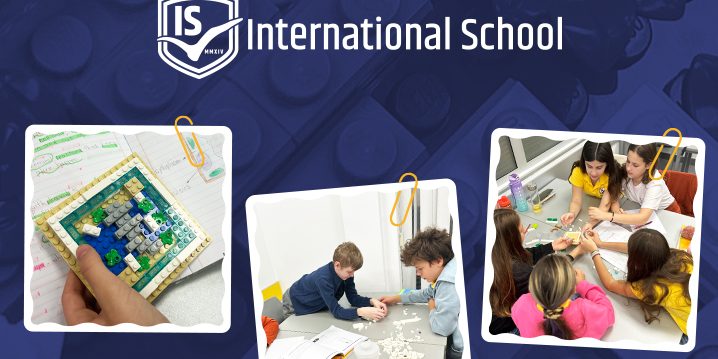In a recent Year 7 Science class, students were introduced to the fascinating world of cells through an engaging and hands-on activity. The teacher divided the class into teams, assigning each group the task of building anatomically correct models of cells using LEGO blocks.
This approach to learning not only brought scientific concepts to life but also tapped into the students’ creativity. By constructing these models, students gained a deeper understanding of cell structures, such as the nucleus, cytoplasm, and cell membrane, and how these components work together to keep cells functioning.
The benefits of creative collaboration
This type of learning helps students retain information better, as they actively participate in the lesson rather than passively absorb knowledge. The fun and interactive element also boosts engagement, making it easier for students to connect with complex topics.
Incorporating creativity and play into lessons fosters an environment where learning feels like exploration rather than a chore. As students collaborated and problem-solved while building their models, they not only learned about cells but also developed teamwork and critical thinking skills. This mix of education and entertainment makes learning more enjoyable and encourages curiosity, which is essential for lifelong learning.



